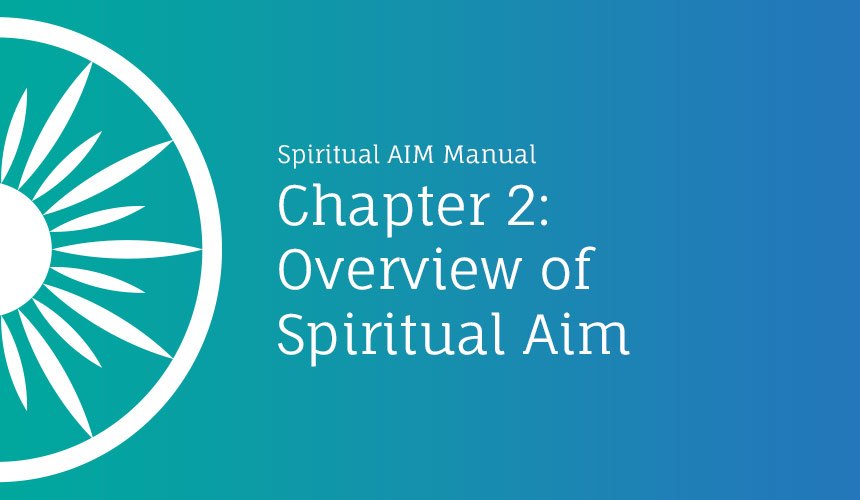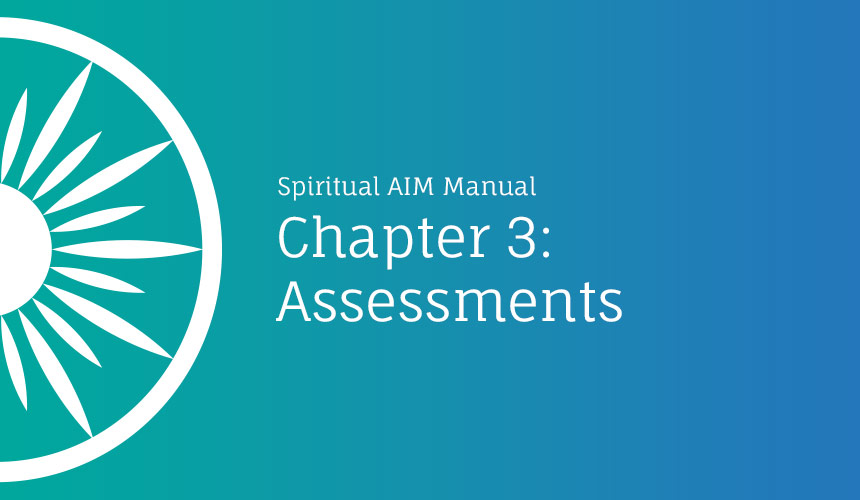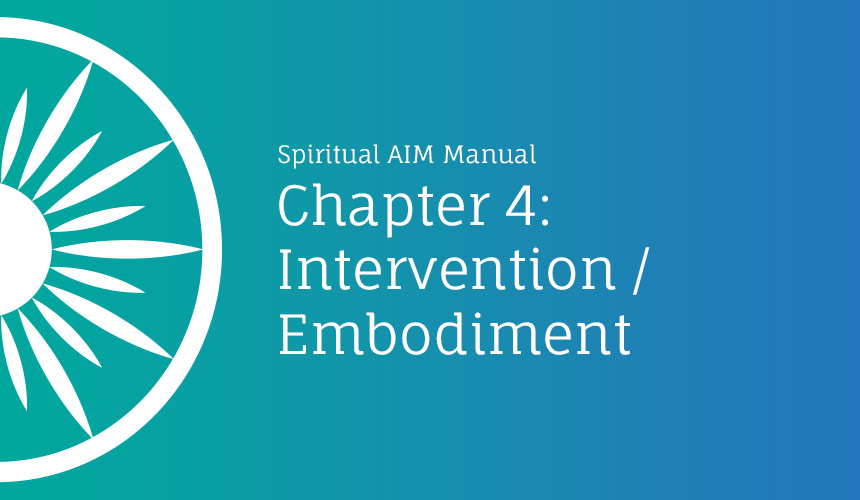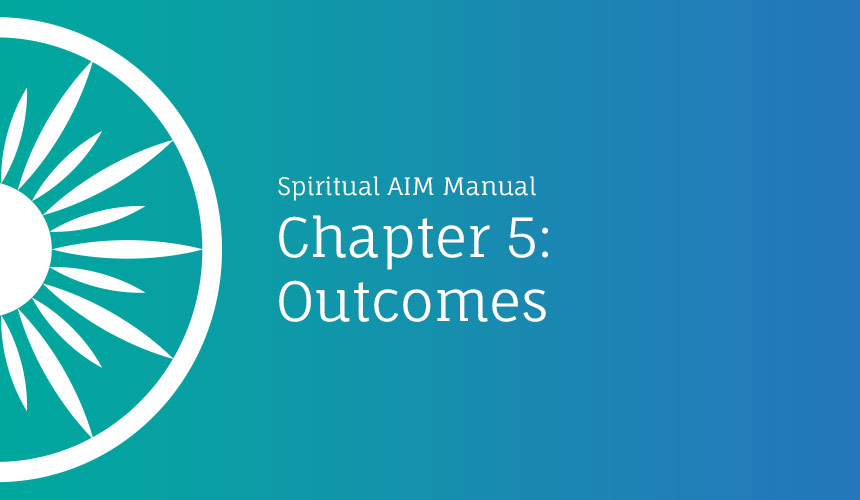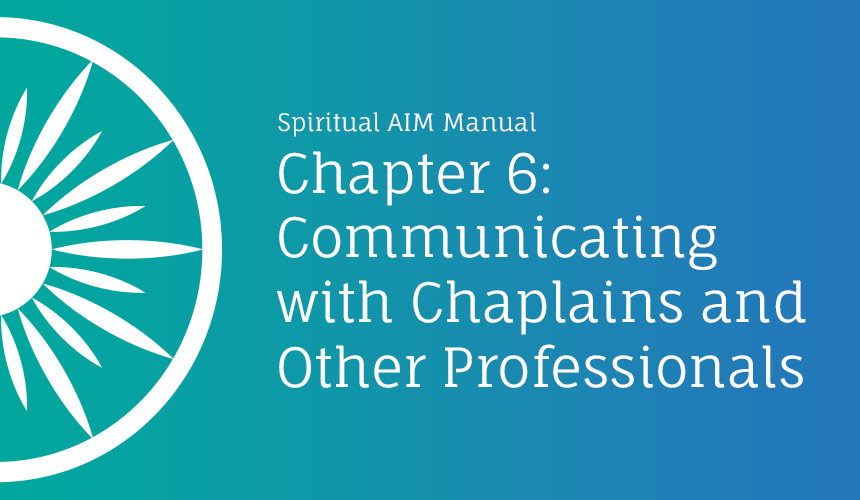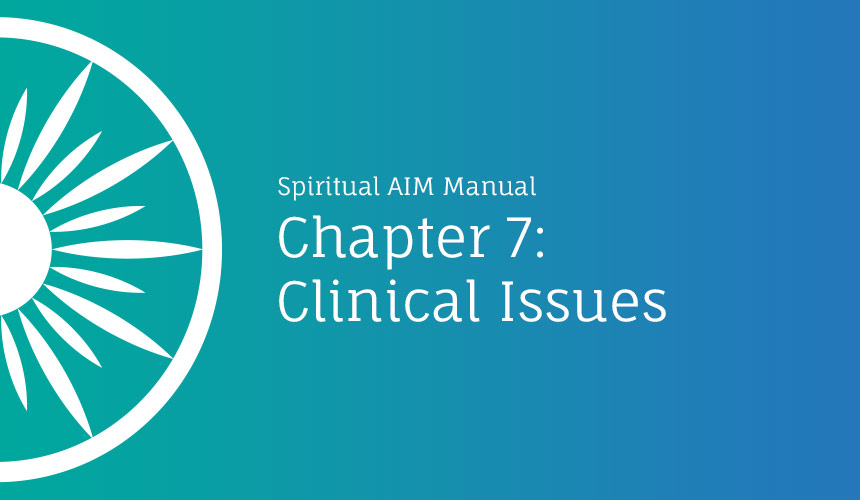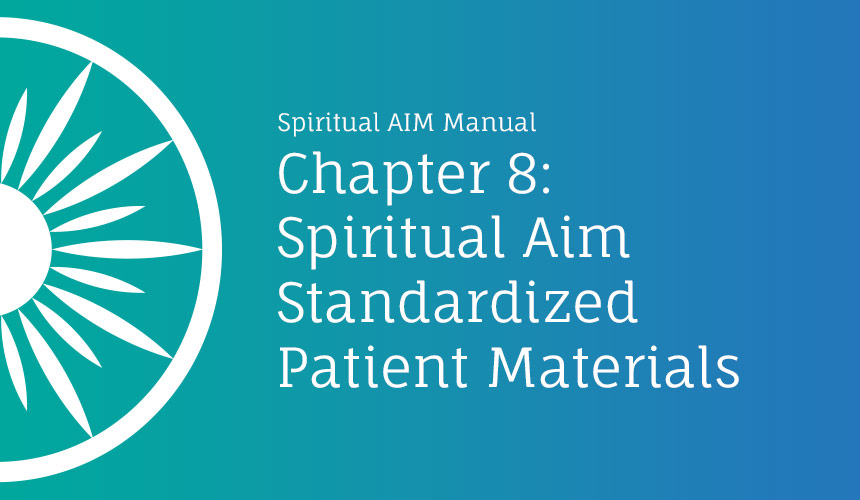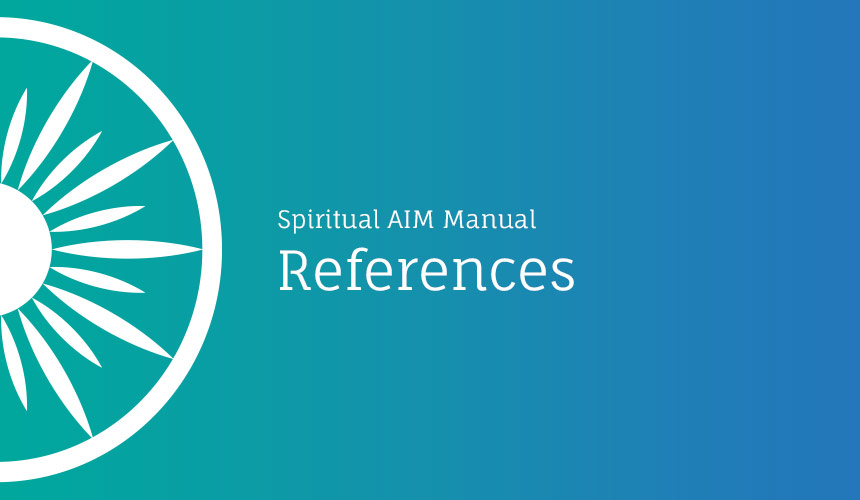What makes Spiritual AIM unique?
Spiritual AIM:
- Is based on an inclusive definition of spirituality.
- Does not conceive of “meaning” as the overarching core need of each individual (expressed through different domains), but rather as one of three potential core spiritual needs that can be rapidly identified.
- Is a process designed to occur in the context of the relationship between the chaplain and patient.
- Uses commonly used language (rather than restricting the model to theological language). Spiritual AIM translates effectively to the interdisciplinary team.
- Is grounded in a specific theological perspective that is inclusive of several faith traditions and based on widely held values.
- Identifies desired outcomes of spiritual care interventions and is aligned with outcome-oriented chaplaincy pedagogy.
I love the Spiritual Aim Manual! It is so well done. The best is that the manual takes very abstract concepts and makes them fairly concrete and easy to apply.
~ A chaplain trained in Spiritual AIM
Spiritual Stance
In order to avoid a meandering pastoral care visit, Spiritual AIM provides guidance about a spiritual stance, or embodiment, for the chaplain. Even if you are still learning the interventions for each spiritual need, you can remember the general pastoral stance to guide your responses and interactions with patients:
Meaning & Direction = Chaplain is a guide.
Reconciliation/To Love and Be Loved = Chaplain is a truth-teller.
Self-worth & Community Belonging = Chaplain is a valuer.
Learn more about this and how to view Spiritual AIM as a map in this video.
A Litany of Biases
All medical providers carry biases and assumptions about those in their care. Spiritual and emotional care is especially susceptible to biases. By cultivating self-awareness, empathy, and assessment skills, providers of all disciplines can more humbly meet holistic needs of patients and their loved ones. Spiritual assessment is an example of a diagnostic tool that can be used to acknowledge and overcome biases about a subjective topic.

